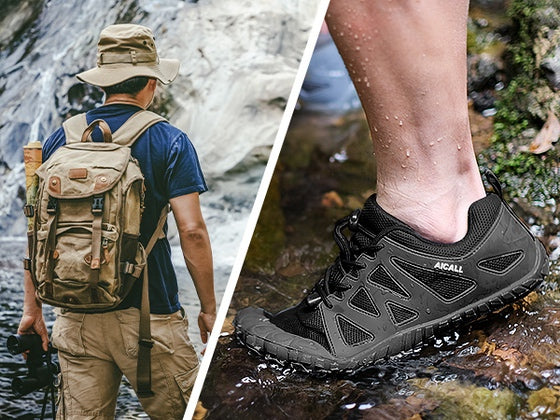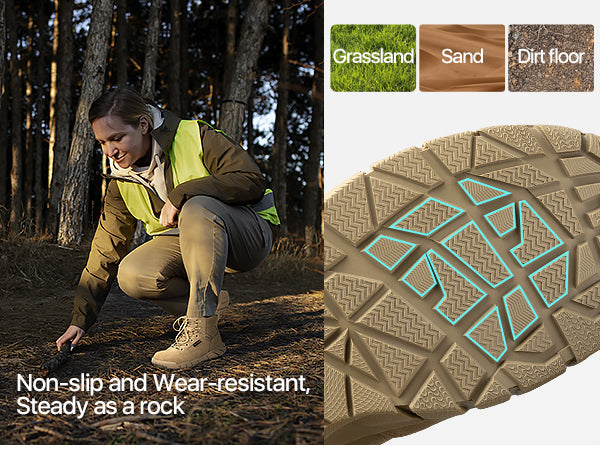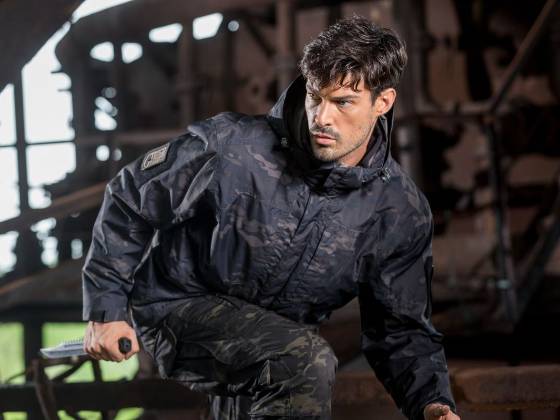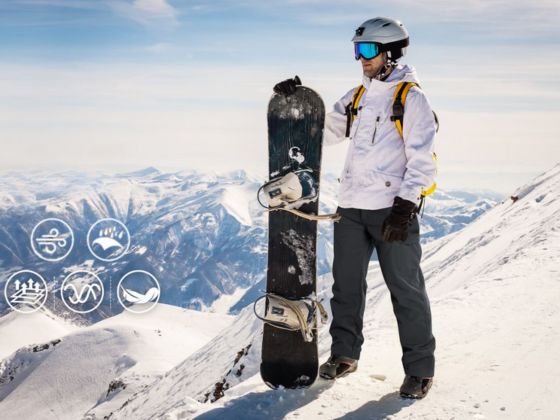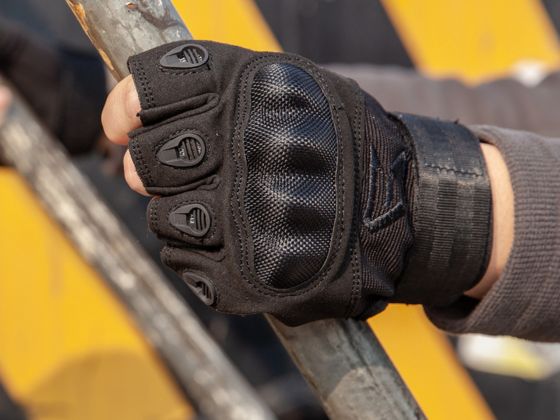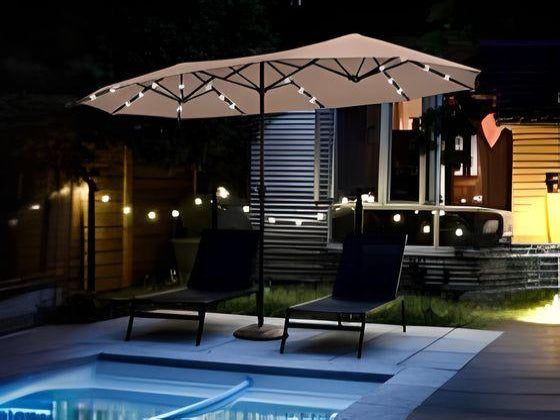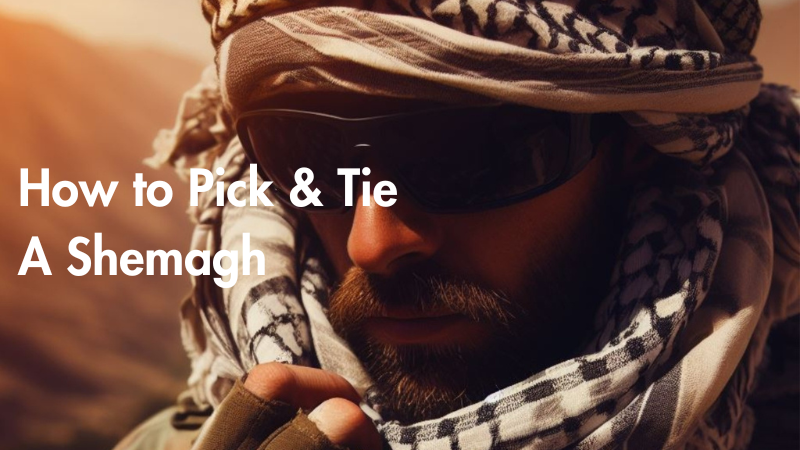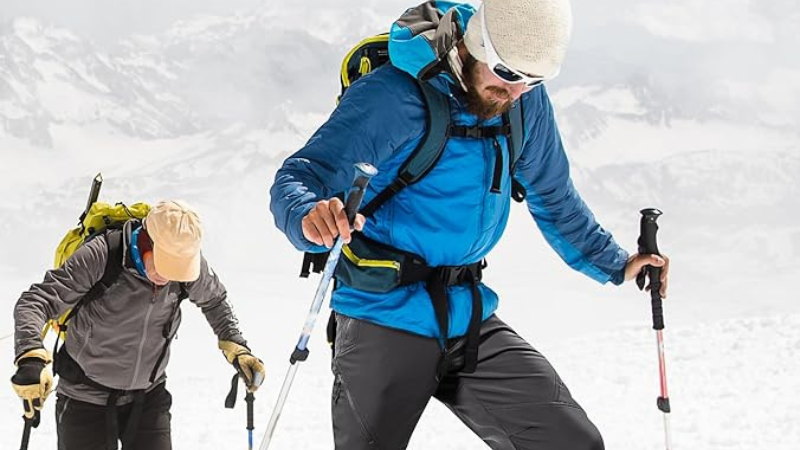The Shemagh, also called a keffiyeh, is a scarf commonly worn in the Middle East to shield people from dust, sand, and heat. It was adopted by European and American troops fighting in the region and has gained popularity worldwide.
A shemagh is not just a piece of clothing but also a versatile tool with numerous applications. This practical item can be used in various survival scenarios and is a crucial component of many people's emergency preparedness kits.
How to Pick A Suitable Shemagh?
A Shemagh can be one of your most practical and valuable pieces of gear. Consider these factors when buying a Shemagh:
- Material: Do you prefer 100% cotton or a cotton-wool blend? Cotton keeps you comfortable in various temperatures and blocks small particles.
- Size: A full-size Shemagh is ideal for most uses. A standard size is at least 40 x 40 inches.
- Weight: Opt for a lighter Shemagh in summer and a heavier one in winter.
- Quality: Inspect the fabric carefully. Check for tight stitching, no loose threads, and no runs or marks. The material should be durable and resistant to tearing.
Our Desert Shemagh is a 44 x 44, 100% cotton Shemagh. This is a widely favored, high-quality Shemagh that is presently utilized by our military personnel and allied forces in the Middle East.
Usage Scenarios for Your Shemagh
Protection from the Surroundings
- Fire: A wet Shemagh can be a lifesaver during a fire. Its large size allows you to protect your head, neck, shoulders, and upper arms from dust, heat, and smoke. This is especially helpful during the increasing number of forest fires in the US. You can also use it for smoke control and signaling for help.
- Shelter: For added ground insulation, place your Shemagh beneath your sleeping bag. While it's not as effective as a sleeping pad, it's better than nothing. It can also protect your sleeping pad from punctures.
- Sun Protection: Shield your head and shoulders from the sun with this lightweight, light-colored fabric. This helps prevent sunburn, dehydration, and heatstroke.
- Dust Protection: In windy conditions, a Shemagh can protect your lungs from dust and debris.
- Snow Protection: When caught in a snowstorm, cover your exposed skin with a Shemagh to prevent frostbite.
- Wind Protection: Protect your face and head from the cold. Up to 30% of your body's heat is lost through these areas.
General Survival
- Trail Marker: If lost, use your Shemagh as a marker or flag to signal others.
- Firestarter: Cut small pieces from your Shemagh, char them in a tin can, and use the embers to start a fire with straw.
- Weapon: Create a flail by tying a rock inside your Shemagh, or use it as a sling for hunting small game.
First Aid
- Bandage: Cut your Shemagh into smaller pieces for bandages.
- Tourniquet: To stop bleeding, tie your Shemagh tightly above the wound.
- Sling: Immobilize a dislocated limb, sprain, or broken bone with a Shemagh splint.
Camping
- Filter: Filter out debris from water with your Shemagh.
- Traveling Bag: Tie the corners of your Shemagh together to create a small bag or pouch.
Wearing the Shemagh
There are a variety of styles and methods used for tying a shemagh. Several of them depend on the reason you are using it. Below are some of the most common.
The Traditional
This method provides excellent protection against the elements, dust, and fire. It effectively covers your nose and mouth, provides a safty way for mouth breathing if nessessary, and protect your skin.
Follow these steps:
- Create a Triangle: Fold your Shemagh into a triangle shape.
- Place on Forehead: Position the folded edge on your forehead, ensuring the ends are even on both sides.
- Secure the Right Side: Bring the right end of the Shemagh under your chin and over your left shoulder. Hold it in place with your left hand.
- Secure the Left Side: Bring the left end of the Shemagh over your face and to your right side. Ensure your nose and mouth are fully covered.
- Tie the Knot: Secure both ends behind your head with a tight knot. Make sure it's snug but not too tight to restrict your breathing.
- Adjust for Comfort: Adjust the Shemagh to your preference. If you only need head coverage, pull the lower part down.
The Tactical Shemagh
Ideal for dust storms or debris, this method offers more extensive airway coverage than the traditional weather protection style.
Here's how to do it:
- Create a Triangle: Fold your Shemagh into a triangle shape.
- Position on Forehead: Place the folded edge on your forehead, ensuring the right side is significantly longer than the left.
- Secure the Left Side: Bring the left side under your chin and hold it with your right hand.
- Secure the Right Side: Use your left hand to pull the right side over your mouth and nose.
- Wrap and Tie: Continue wrapping the longer part over your head until it meets the left side. Tie the ends securely with a knot or two, ensuring the Shemagh stays in place without obstructing your breathing.
- Adjust for Comfort: Adjust the Shemagh to ensure it covers your airway well and doesn't obstruct your vision.
Note: This method is primarily for protection, and unlike the traditional style, it cannot be easily converted into a scarf or simple headwear.
The Bandana
If you want a simple, effective way to cover your nose and mouth with a Shemagh, this method is ideal.
Follow these steps:
- Create a Triangle: Fold your Shemagh into a triangle shape.
- Cover Your Face: Wrap the folded edge over your nose and mouth, ensuring the lower half of your face is covered. The other two corners should cover the sides of your face.
- Cross at the Back: Bring the left and right corners behind your neck and cross them.
- Cross in Front: Bring the ends to the front, cross them again, and tie a secure knot.
- Remember: The knot should be tight enough to hold the Shemagh in place but not so tight that it's uncomfortable.
Conclusion
The Shemagh is a multifunctional item with countless uses. From clothing and weapons to bags and baby wraps, its versatility is impressive. Whether you use it as a tactical scarf or a practical everyday tool, the Shemagh is a valuable asset.
Carrying a Shemagh in your bug-out bag, backpack, or car trunk should be a no-brainer. It's a basic essential that can be invaluable in various situations.



